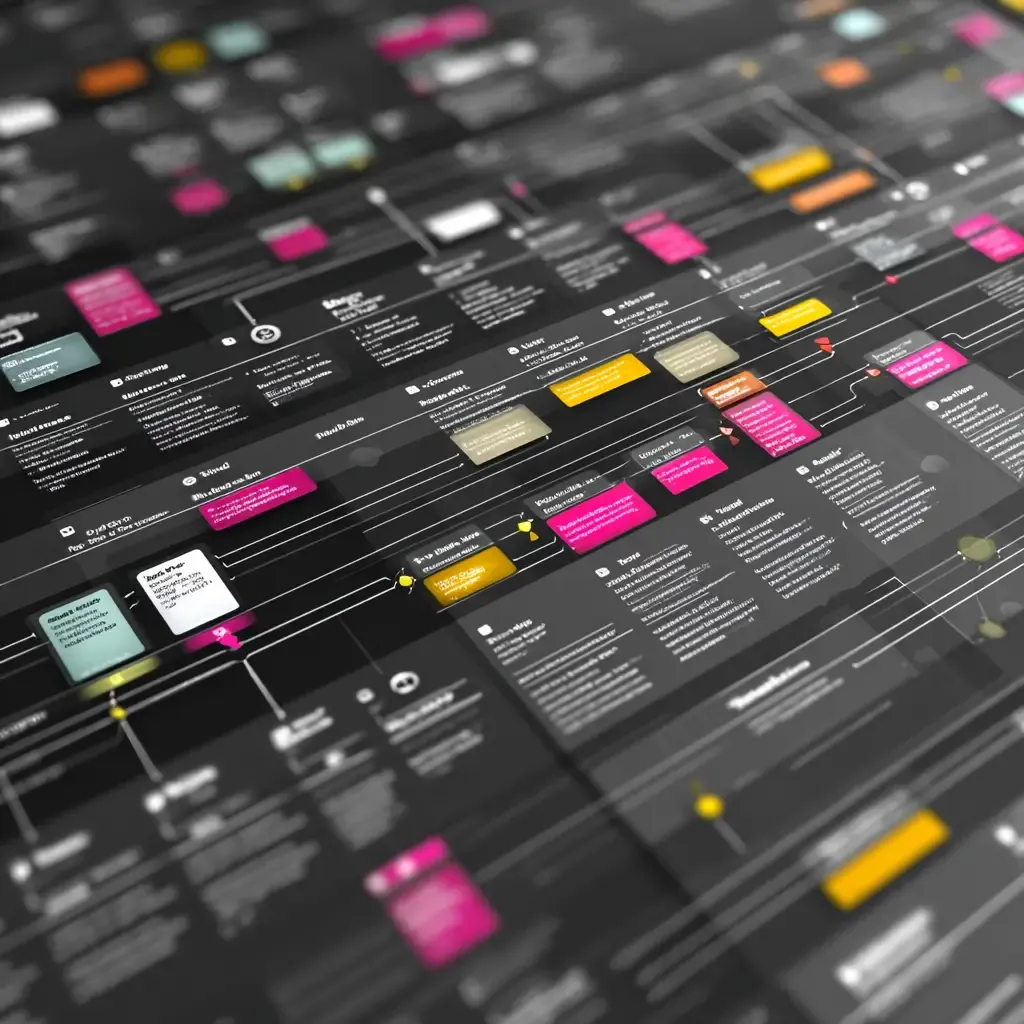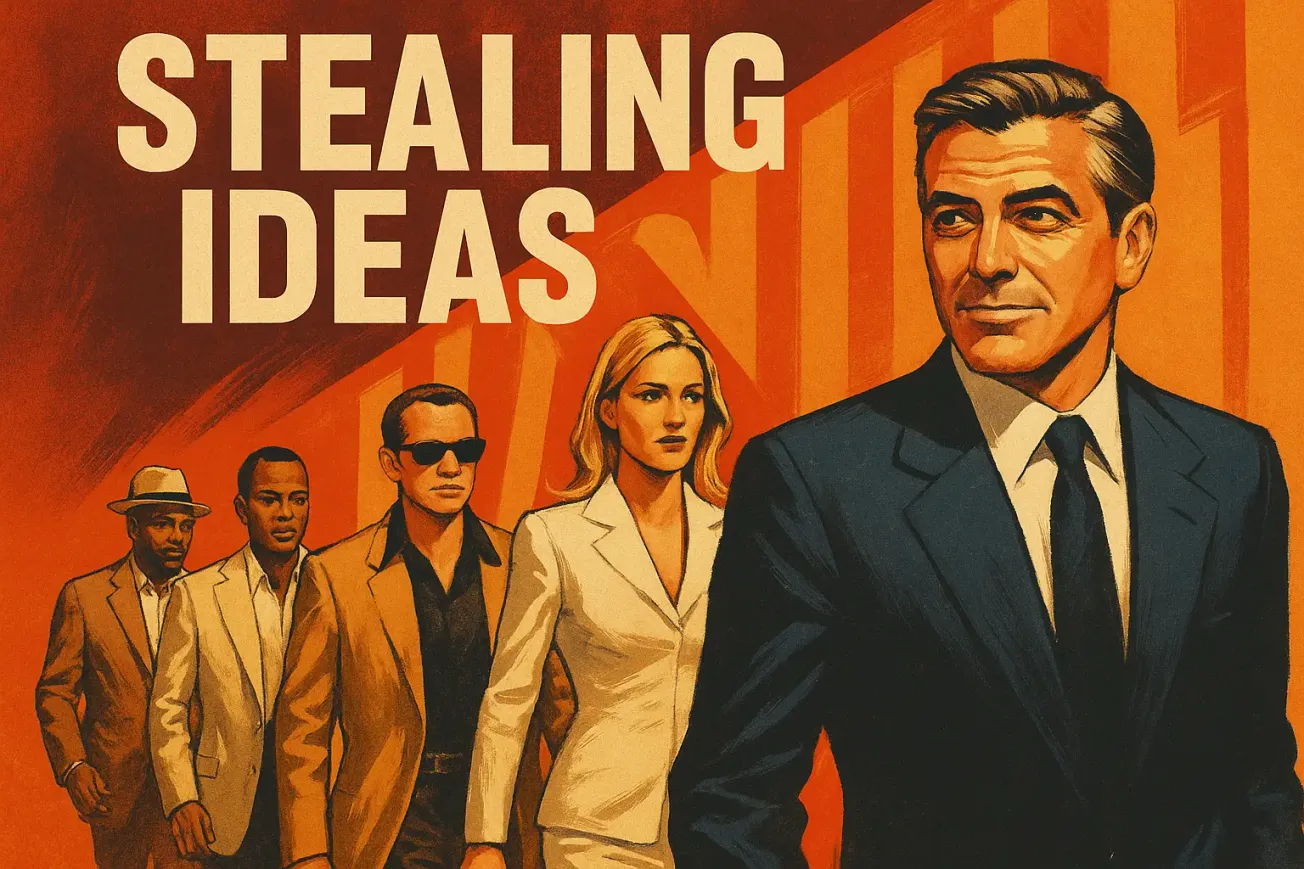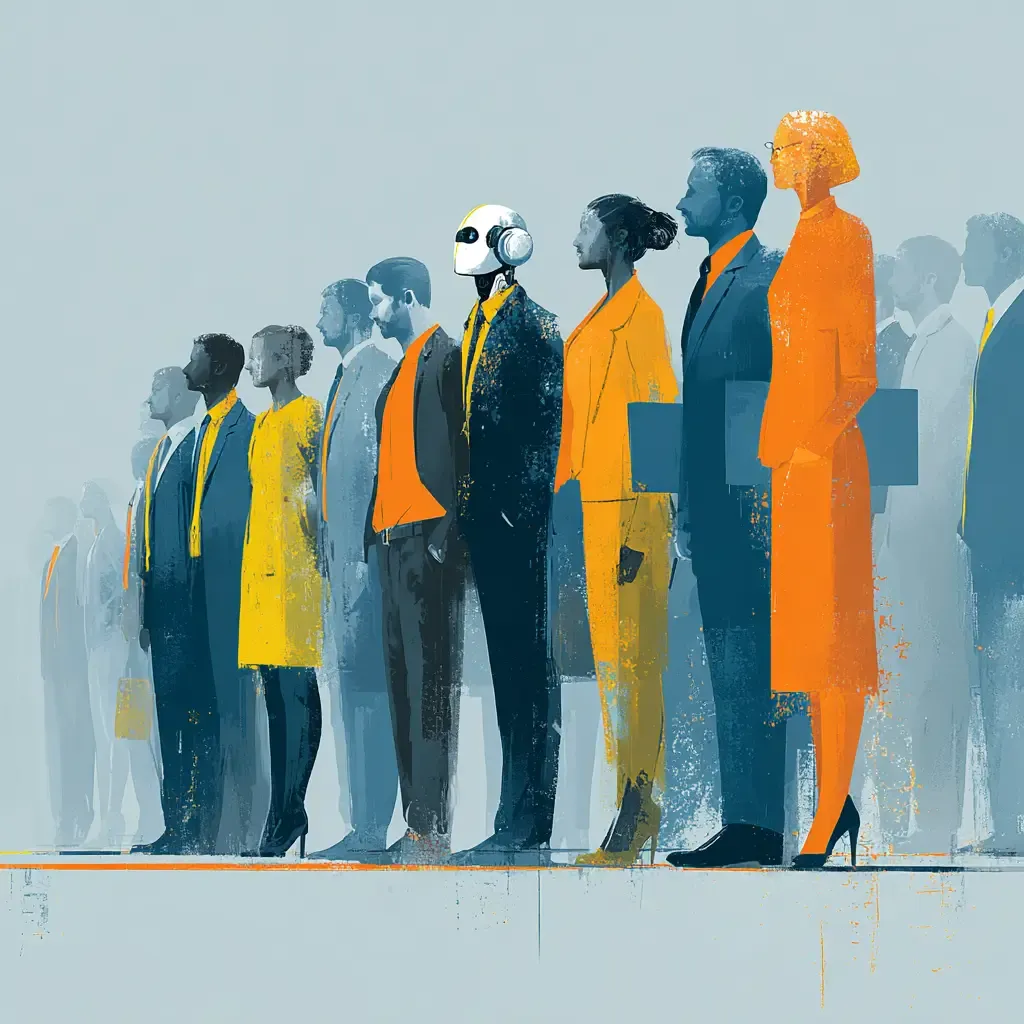In the world of change management, getting people to adopt new behaviors can feel like dragging a boulder uphill. Traditional methods often rely on training, mandates, or cascading top-down communications. But what if there were a gentler, smarter way to help people change—one that works with human psychology instead of against it?
Enter nudge-based behavior change: a subtle yet powerful tool drawn from behavioral economics that can quietly—but effectively—guide people toward better choices without forcing them.
The Power of the Nudge
A "nudge" is a design or communication tactic that alters people's behavior in predictable ways without forbidding options or significantly changing incentives. The concept was made famous by Richard Thaler and Cass Sunstein in their book Nudge: Improving Decisions About Health, Wealth, and Happiness. At its heart, nudging is about choice architecture—the idea that how choices are presented influences the decisions people make.
Nudges respect autonomy. They don’t remove options or apply pressure. They simply make the desired choice easier, more visible, or more appealing—often with just a small tweak in timing, framing, or context.
Why Change Managers Should Care
People don’t resist change because they’re stubborn. They resist because they’re overwhelmed, uncertain, or on autopilot. In fact, most human decisions—especially in high-stress, fast-moving environments—are made unconsciously, guided by emotion, habit, and context rather than logic or information.
That’s why even the best-designed training programs or meticulously written comms can fail to drive action.
Nudges help bridge the gap between awareness and behavior. They reduce friction, offer small signals of encouragement, and make the "right" action the path of least resistance.
Examples in Action
Here are some real-world ways nudge theory shows up in change work:
| Nudge | Application in Change Management |
|---|---|
| Default Settings | Set the new system or behavior as the default (e.g., auto-enroll users in a collaboration platform with opt-out instead of opt-in). |
| Social Proof | Show that peers are already adopting the change (e.g., “Your department leads the company in completing the training”). |
| Timely Prompts | Schedule nudges to show up at just the right moment (e.g., send a Slack reminder the morning before a new behavior is expected). |
| Framing | Reword choices to highlight benefits (e.g., “Complete the module to unlock early access to the new dashboard”). |
| Positive Reinforcement | Celebrate early adopters or small wins with micro-recognition (e.g., digital badges, leader shout-outs). |
None of these require extra time, major incentives, or structural changes. That’s their magic: they work in the background to reinforce change naturally.
The Customer Experience (CX) Connection
Nudge theory isn’t just a tool for internal change—it’s already core to how many Customer Experience (CX) teams operate. If you're in change management and not learning from CX, you're missing a massive opportunity.
CX pros have long used nudges to shape customer behavior across touchpoints. Things like:
- Defaulting to paperless billing
- Progress bars during checkout or onboarding
- “People like you also bought…” prompts
- Highlighting limited-time offers
- Displaying five-star reviews and ratings
These are textbook nudges: small design elements that subtly encourage action without forcing it.
Why does this matter for change managers?
Because employees are users, too. They're navigating new systems, journeys, and expectations—just like customers do. The same principles that help customers adopt a product can help employees adopt a change.
CX gives us the map; nudging helps us pave the road.
Want to see what great journey mapping looks like? Study CX. Want to know how to influence behavior without resistance? Study how CX teams use frictionless design, timing, and social cues.
Smart change managers borrow what works—and in this case, CX has been years ahead in using behavioral science to drive adoption.
Ethics and Intention Matter
Some critics of nudging worry that it veers into manipulation. But here’s the line: ethical nudging is transparent, aligned with users’ interests, and grounded in a clear behavioral science rationale.
In change work, we use nudges not to trick, but to help. To remove friction. To clear the path. To make it easier for busy, distracted humans to do what they already want—or need—to do.
If your change effort supports real value for employees or customers, nudges can be the grease that helps the gears turn smoothly.
Where It Fits in the Toolkit
Nudging isn’t a replacement for training, leadership alignment, or communication. It’s not a silver bullet. But it is a force multiplier.
Think of it as a supplement that helps other interventions stick. When used thoughtfully, nudges can:
- Increase adoption rates with less resistance
- Improve the effectiveness of campaigns without added budget
- Reinforce behavioral norms that support change
- Sustain momentum during post-launch fatigue
In complex transformations where attention is scarce and resistance is high, a well-placed nudge can do more than another all-hands meeting.
What to Do Instead
If you're relying solely on logic, compliance, or hope to shift behavior, it's time to upgrade your toolkit. Here's how to bring nudge theory into your change strategy:
- Map the Journey – Identify friction points and decision moments where a nudge could help.
- Design the Environment – Use layout, defaults, timing, and peer influence to make the right choice easy.
- Test and Iterate – Nudges are low-cost and fast to deploy. Try them, track results, and refine.
- Keep It Ethical – Align nudges with employee interests, organizational values, and transparency.
Final Thought
Change is hard. But people aren’t the problem—our strategies often are. Nudging offers a way to work with human behavior instead of fighting it. It's quiet. Subtle. Strategic.
And in the noisy, chaotic world of transformation, a whisper can sometimes move more than a shout.
ChangeGuild: Power to the Practitioner™
Frequently Asked Questions
What is a nudge in behavior change?
A nudge is a design or communication technique that subtly influences behavior by shaping how choices are presented—without restricting options or relying on mandates. It helps people make better decisions by reducing friction or highlighting desirable actions.
How is nudging used in change management?
Nudging is used to encourage adoption, reduce resistance, and sustain momentum. Examples include setting defaults, offering timely prompts, showing social proof, and using positive reinforcement to encourage the desired behavior.
What’s the difference between nudging and traditional change tactics?
Traditional change methods often rely on training, mandates, or top-down messaging. Nudging works with natural human tendencies—emotion, habit, and environment—to gently steer behavior without forcing it.
Are nudges ethical?
Yes—when used transparently and in alignment with user or employee interests. Ethical nudging supports autonomy and serves as a helpful cue, not manipulation. The key is intention, transparency, and alignment with values.
What can change managers learn from customer experience (CX) teams about nudging?
CX teams use nudges constantly: progress bars, default options, social proof, and choice framing. Change managers can borrow these tools to make employee adoption smoother—because employees are users, too.
Recommended Reading
If you enjoyed this article, you might also find these helpful:

Ready to Build a Smarter Change Strategy?
If you’re intrigued by nudge-based behavior change but unsure how to apply it in your own transformation, we can help. Our coaching and consulting services are designed for practitioners who want to level up their change toolkit—using behavioral science, CX insights, and practical experimentation to drive real adoption. Whether you’re leading an enterprise rollout or just looking to reduce friction on your next initiative, we’ll help you build change strategies that stick.
This post is free, and if it supported your work, feel free to support mine. Every bit helps keep the ideas flowing—and the practitioners powered. [Support the Work]








